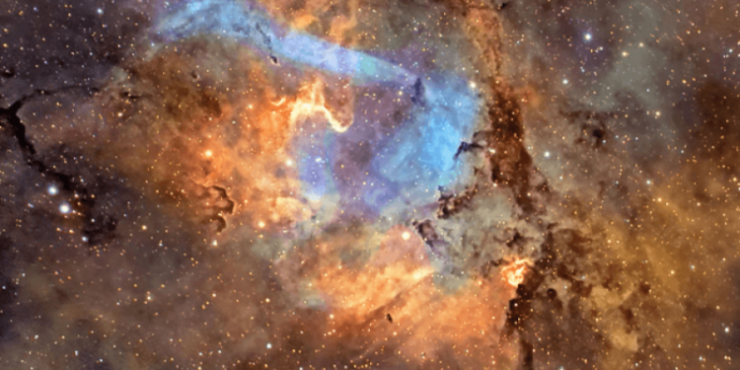
Capturing all the panoramas of our Milky Way galaxy seems like a daunting task, since it’s about 100,000 light-years across, according to the US Aeronautics and Space Administration.
But Finnish astro-photographer JP Metsavainio has spent around 12 years finding the joining points of 234 frames to create a 125-degree mosaic of the sky. This panorama, which shows about 20 million stars and captures the entire space between the constellations Taurus and Cygnus, was completed by him on March 16.
“Astronomical photography is one of the most difficult forms of nature photography,” said Metsavainio, the author of the image. “My image mosaic is generally very deep, meaning it shows very faint images and gas cloud formations of our Milky Way galaxy.”
Each mosaic image is a separate artwork, published on Metsavainio’s account. He says that such an image has not existed before, and that is why he has devoted thousands of hours of work to his project.
Metsavainio has used modified lenses and telescopes at his observatory in northern Finland, near the Arctic Circle, and color matching processing software.
The astrophotographer says his favorite images are those of supernova remnants, which occur after a star explodes. His panorama shows several of them, such as the Cygnus Shell, a faint supernova that can be seen as a faint blue ring near the North American Nebula, which alone the author says took 100 hours to created.
His account has had 750,000 visitors since the photo was published.
“The reason I continue this work is just idle curiosity, I like to look and show how wonderful our world is. It’s lonely and slow work, but every time I see the results, I’m just as excited as the first time.”
Together with his fellow astrophotographer, former Queen guitarist Brian May, Metsavainio gave a live virtual broadcast at the Science Museum in London on the cosmic clouds.
